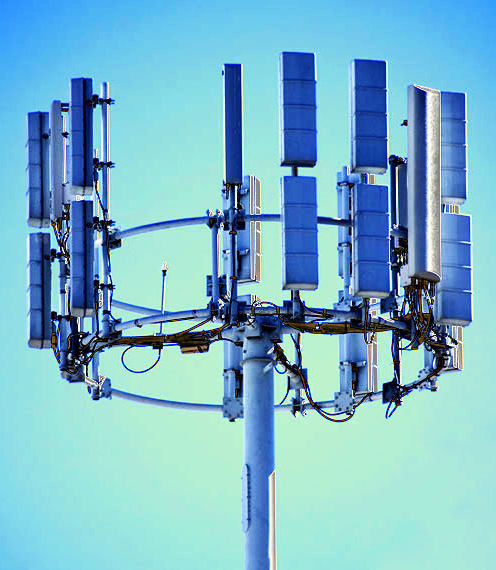3G shutdown in final phase
 Australia’s 3G network shutdown has affected thousands of devices this week.
Australia’s 3G network shutdown has affected thousands of devices this week.
The country’s first high-speed network, launched in 2003, has now largely transitioned to newer 4G and 5G infrastructure, impacting hundreds of thousands of devices nationwide.
The final shutdown process began on 28 October.
Telstra says it aims to complete its shutdown in about a week, while Optus expects a longer, phased process lasting up to two months. Vodafone deactivated its 3G network between December 2023 and January 2024.
Remote area residents are likely to be most impacted. With 4G's shorter reach compared to 3G, some rural areas outside the 3G coverage map may lose connectivity entirely.
Telstra has committed to matching existing 3G coverage only within its defined service areas.
Devices manufactured before 2019 are at the highest risk, including 3G-only phones and certain models needing setting adjustments to connect to 4G or 5G.
Optus estimates approximately 176,000 3G phones risk disconnection. Affected models include iPhone 4, iPhone 5, Google Pixel 2 XL, Samsung Galaxy S5, and Oppo A57.
Some “grey phones” bought or imported from overseas may also face issues, as they cannot access Australia’s Band 28 (700MHz) frequency.
The shutdown affects several types of 3G-reliant equipment, including mobile reception boosters for vehicles, medical alert devices such as fall alarms and oxygen monitors, smartwatches, EFTPOS terminals, security cameras and farm machinery.
Customers can check device compatibility by texting “3” to 3498 or using the Australian Mobile Telecommunications Association’s IMEI tracker.
Over the past five years, Telstra, Optus, and Vodafone have contacted customers potentially impacted by the shutdown.
Optus, which launched a six-week national awareness campaign, has provided 20,000 free handsets to selected customers facing financial difficulties.
Retail staff are prepared to assist customers with selecting replacement devices compatible with 4G and 5G.
With reduced 3G usage, providers are reallocating resources to enhance 4G and 5G. This shift aligns with global trends in the United States and China, which completed their 3G shutdowns by the end of 2023.
Minister for Communications Michelle Rowland has urged people check their devices, especially for users relying on 3G for emergency calls.
“Some 4G devices may continue to operate for voice calls and data but will not be able to make Triple Zero calls,” Rowland stated.
The government says it is working with Telstra, Optus, and Vodafone to support the transition, particularly in regional areas.








 Print
Print